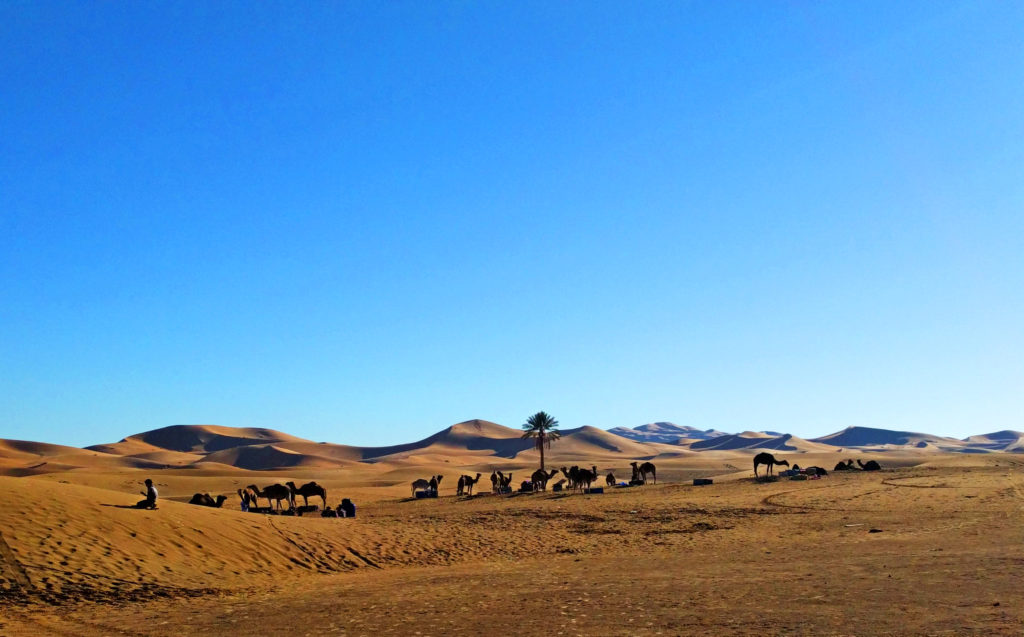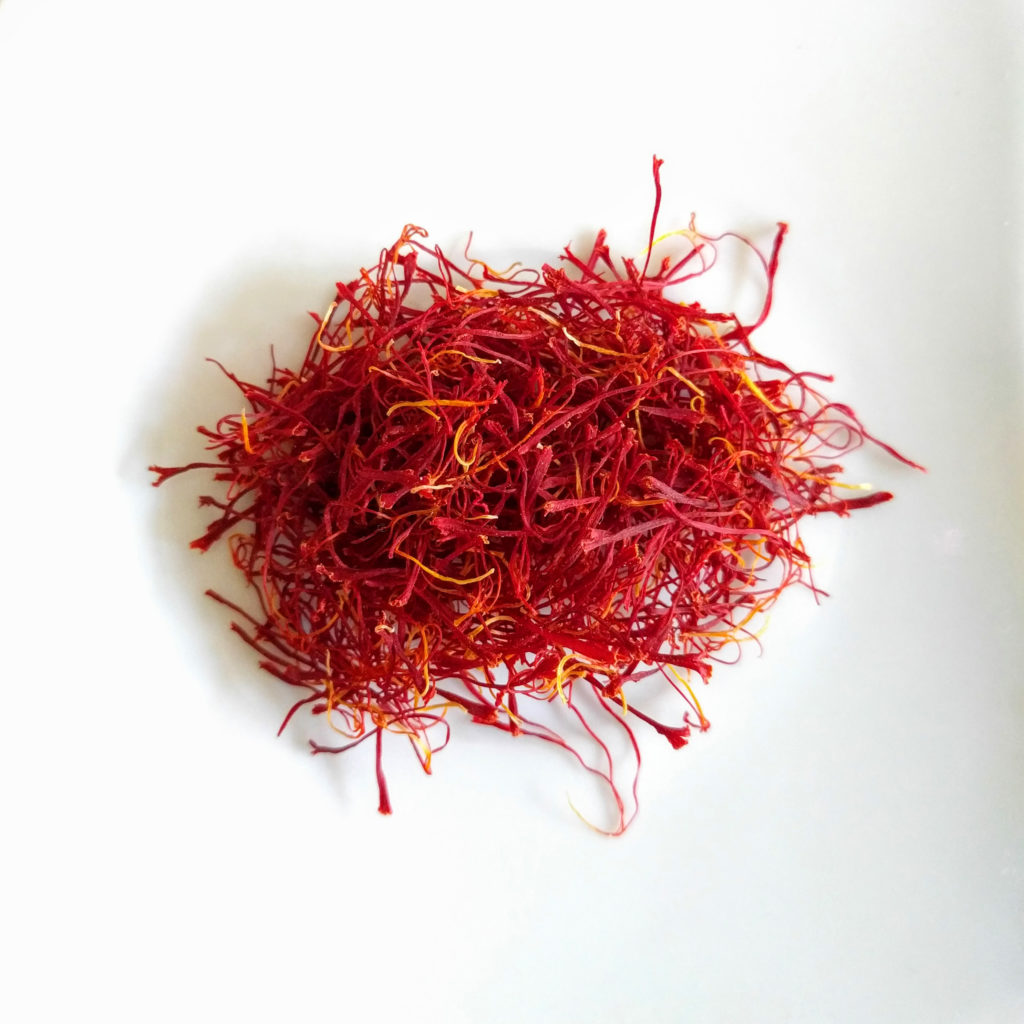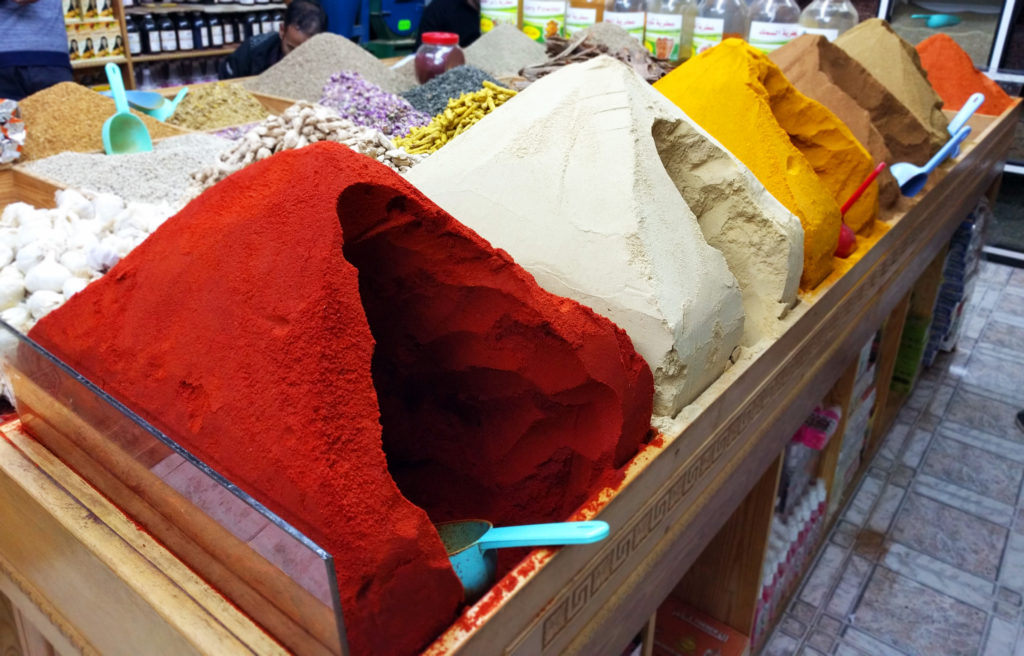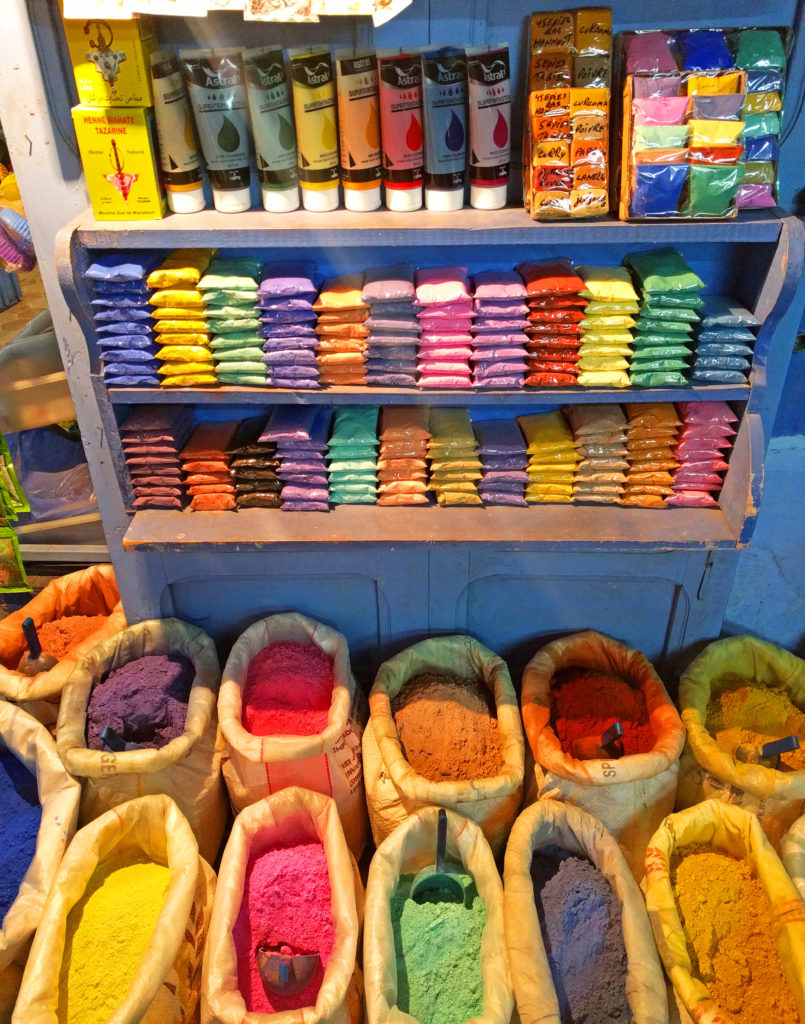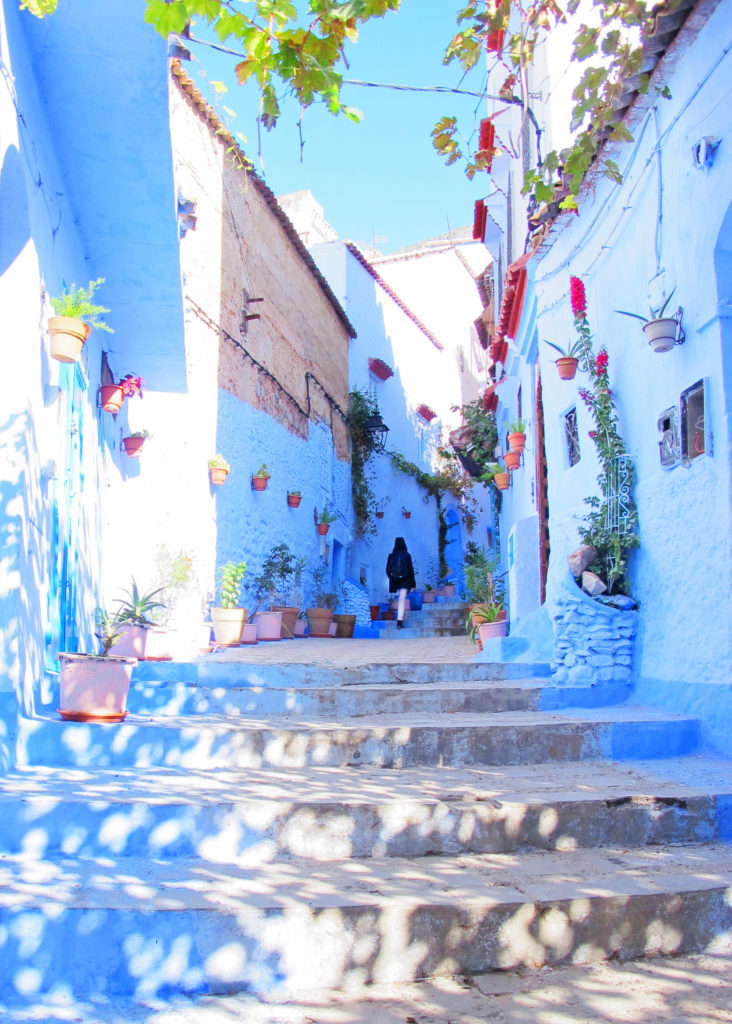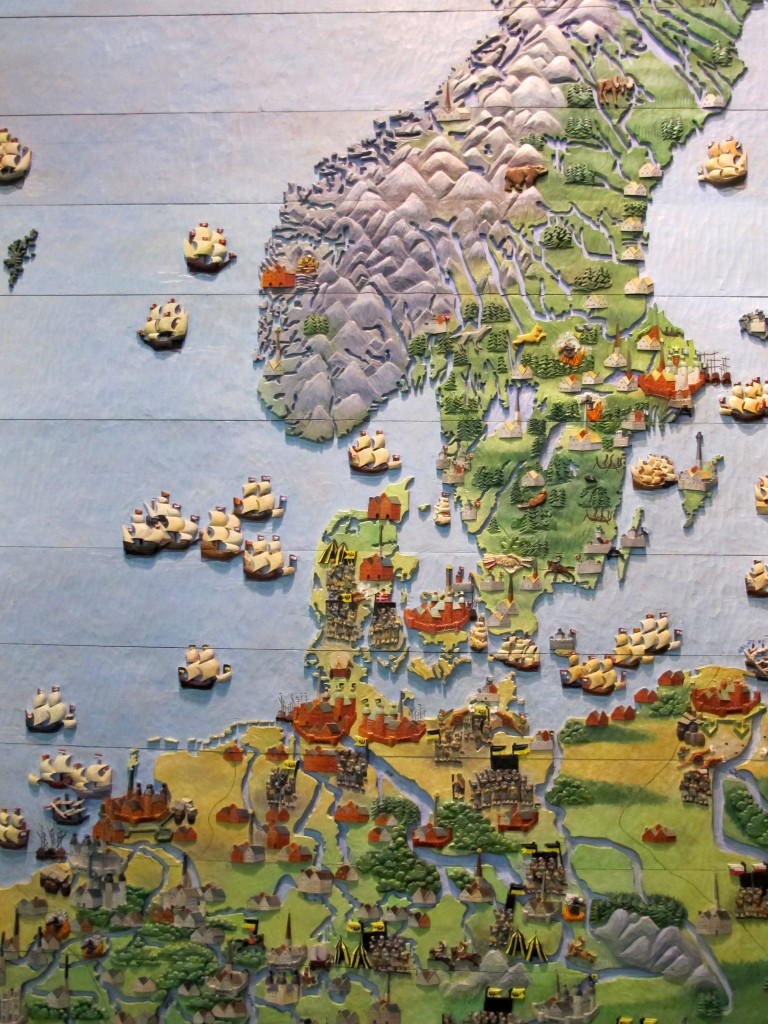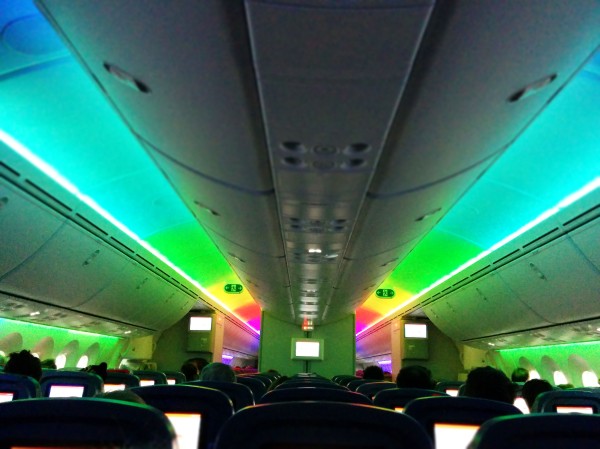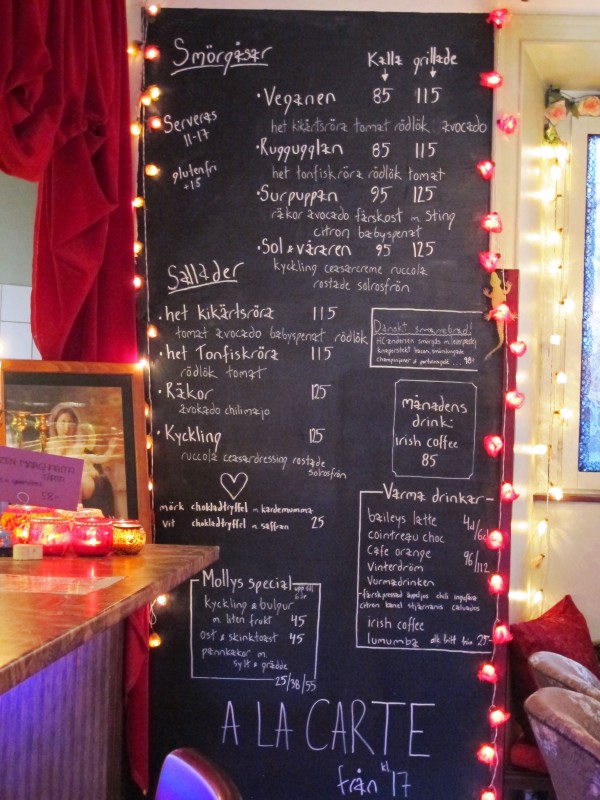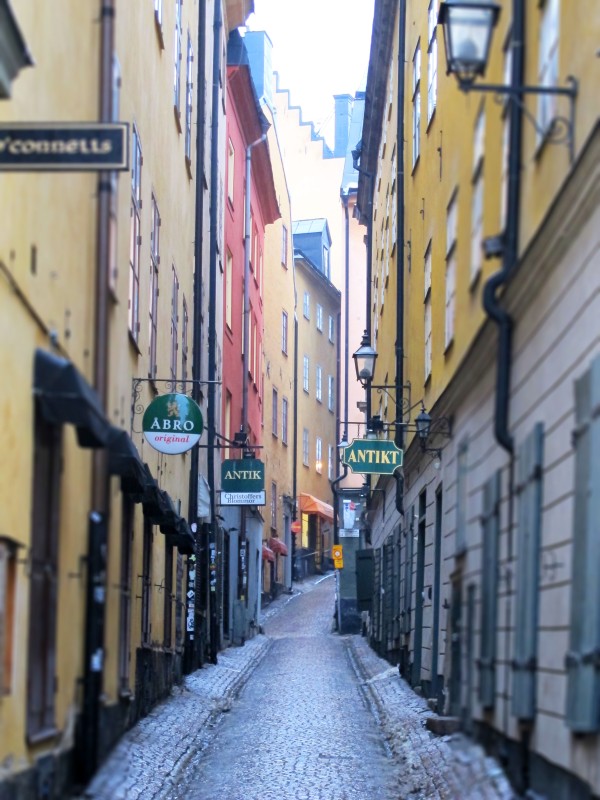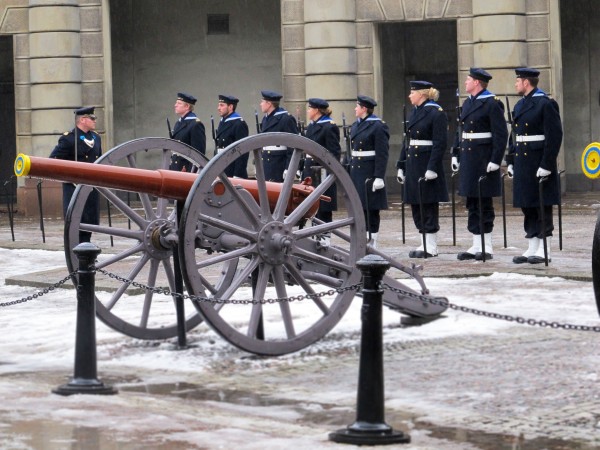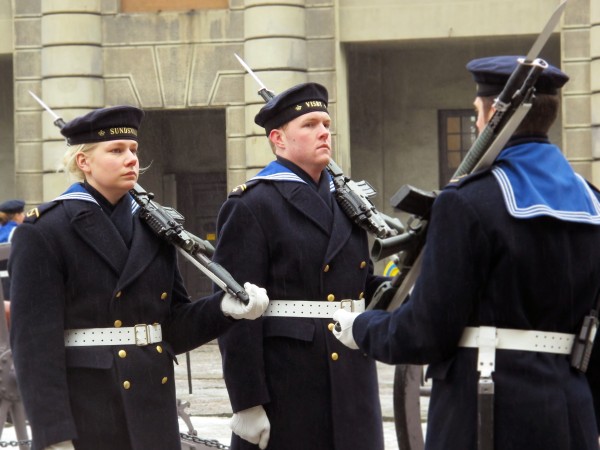One of the most popular things for tourists to do in Morocco is to see the desert. If you search online, there are dozens of identical-sounding tour companies that more or less follow the same formula of driving you from Marrekesh or Fes out to the desert, putting you on a camel to trek to a Berber camp where you’ll sleep overnight, then waking at dawn to catch the sunrise and do the reverse trek back to town before it gets too hot. (In November, heat was not actually a problem and I actually found the desert to be uncomfortably cold and damp because it had just rained a few hours before.) I emailed a few tour companies and got quotes of 270-300 euros per person, which seemed outlandishly expensive, even by NYC standards. They also required a deposit, which I was a bit wary of.
After doing some more digging and asking around, it seemed like our best bet was to set up something when we were on the ground in Morocco. Annoying, and it goes against my type-A love for planning, but if we didn’t go with a tour company with a spiffy internet presence, it would likely cost a third to half as much. So I closed my eyes and simply left a few days of the itinerary completely unplanned.
After landing in Casablanca, we immediately hopped on a train to Fes, where we met Ali on the train, who specializes in ceramics designs. Ali was also on the way to Fes, and when we mentioned needing a desert tour guide, his eyes lit up and he immediately called a friend who arranges desert tours. What luck, only a few hours into the trip and we’d already solved our biggest logistical conundrum! The tour guide, Amin, said he could add us to an existing group tour for 1,100 dirhams, and asked to meet us at a cafe the next morning, so that he could explain the tour details. I wasn’t totally sure why this couldn’t be done over the phone, but figured it’d be an opportunity for us to suss him out. After buying us coffee, he promised to text me later with more details about a tour start time and pick up location for the next morning. We walked out after fairly confident that things were going as planned, until the hours went by and I still hadn’t gotten any messages from Amin. In late afternoon, he messaged that he still wasn’t sure about the tour time, and that there was a lot of snow in the mountains. Huh. Evening came and still no answers, and by the next morning, I was in a full panic. I called Ali and explained that his friend had gone AWOL, and he said he’d reach out for me. When he called back, he said that there had been an accident, that the tour was off, but we could take the Supratours bus to Merzouga and it would be fine. I’d researched the bus earlier, and while it was an option, from Fes it would entail back-to-back 11 hour overnight bus rides, which would make us sleep-deprived zombies. No thanks, it was time for plan B.
Continue reading Snapshots from the Sahara
